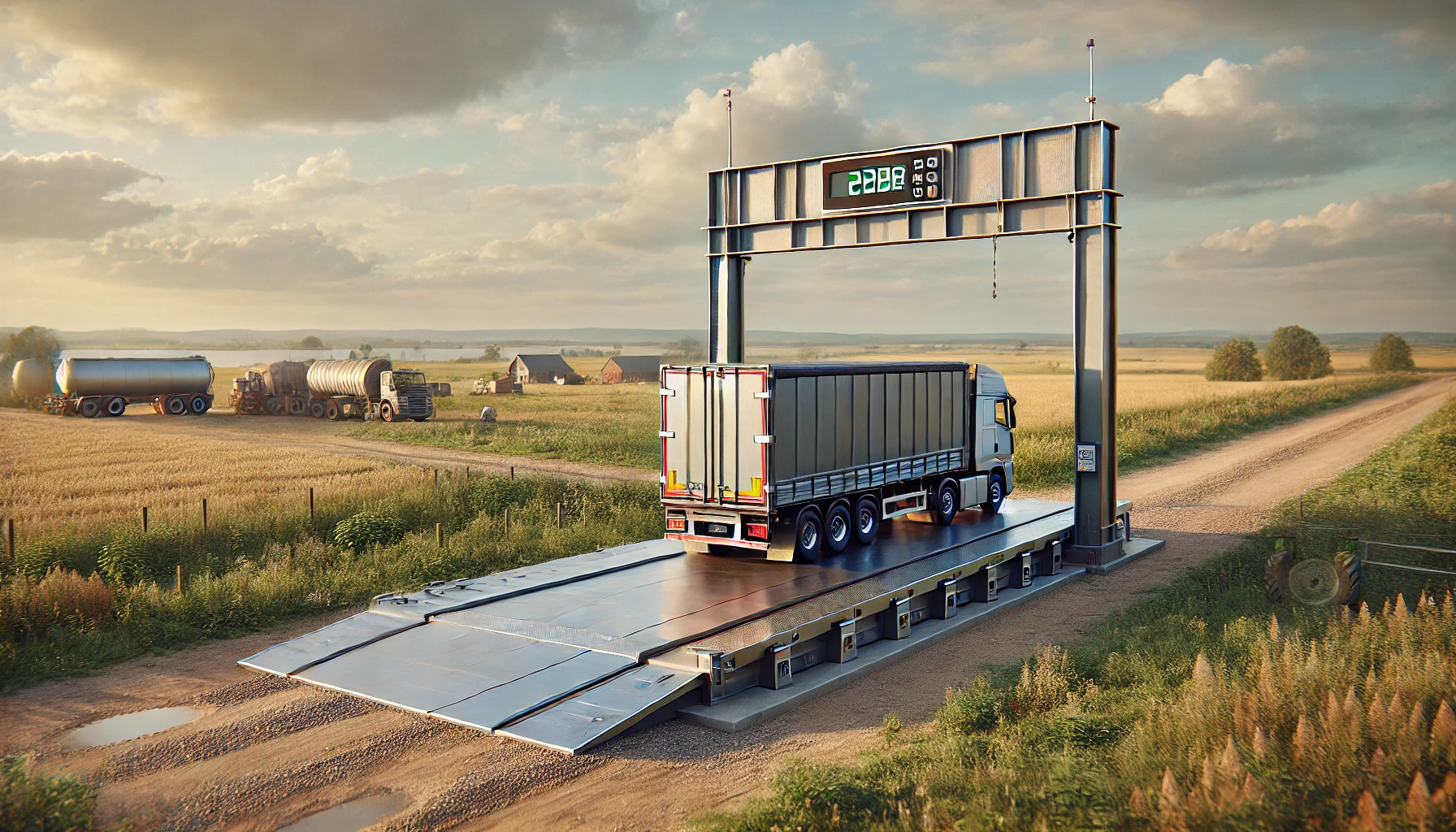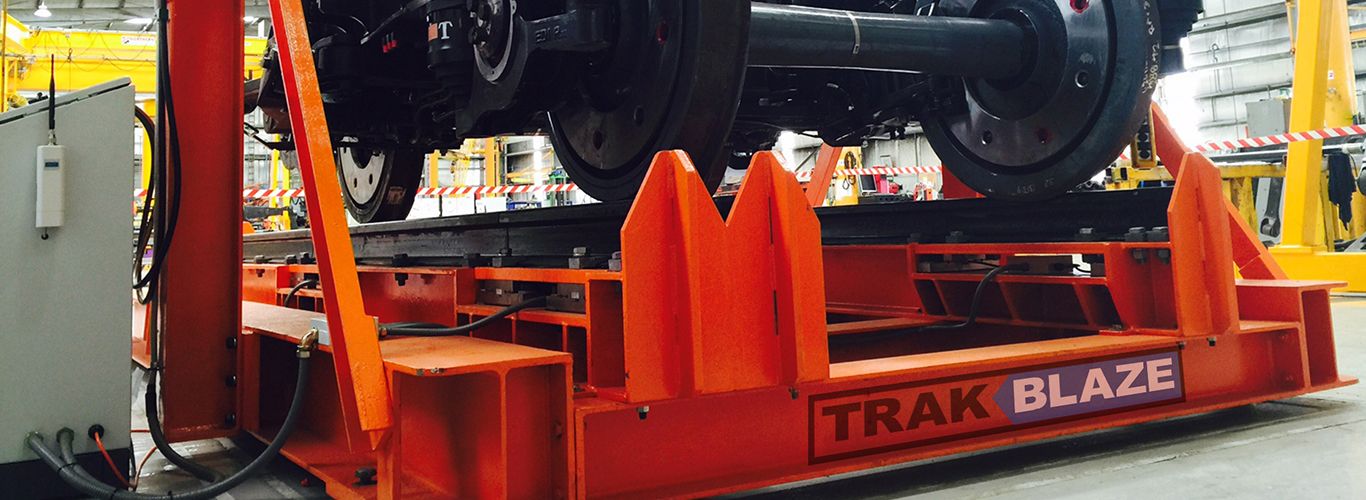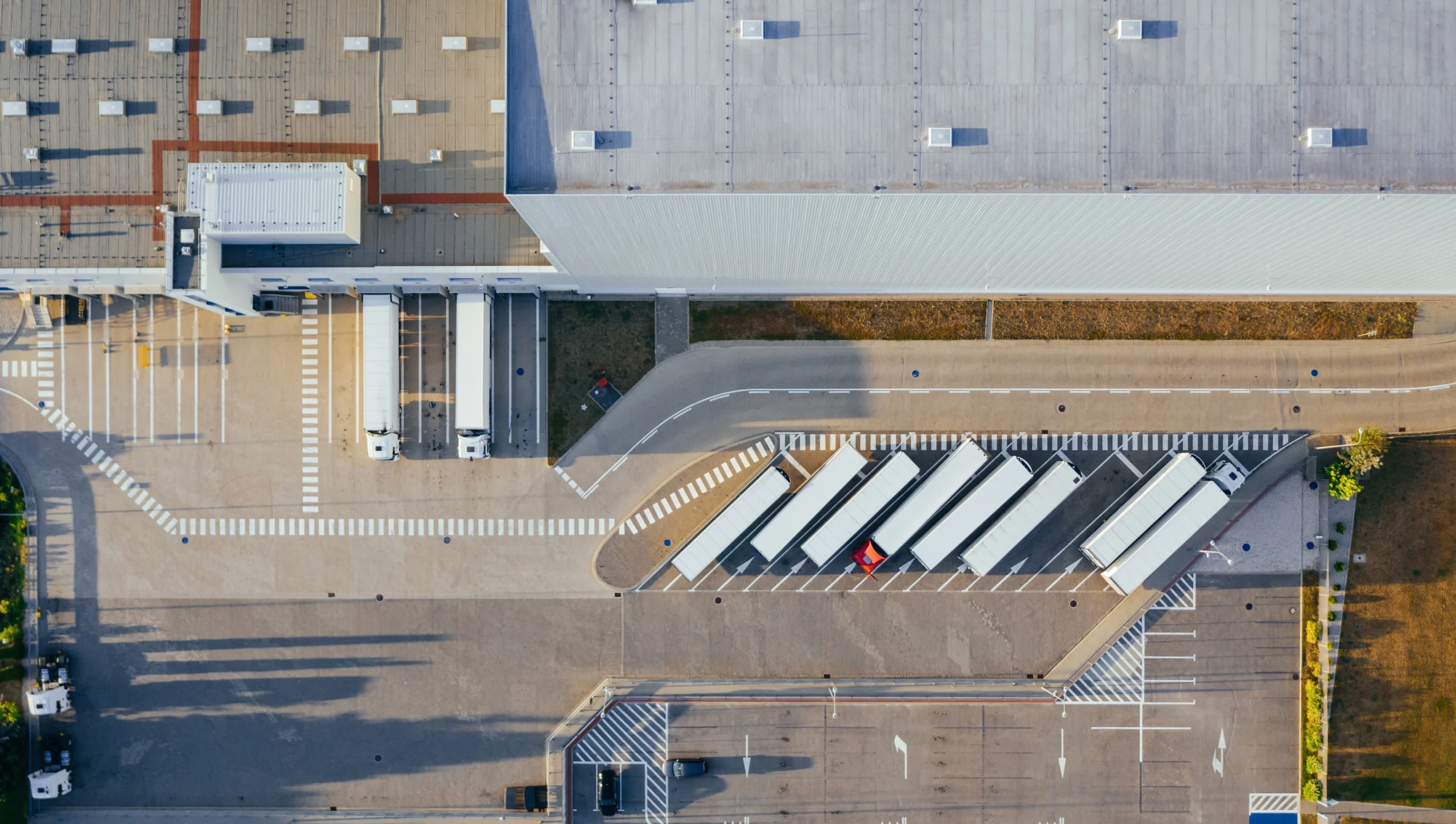At a glance
- Balancing systems are designed to ensure that weighing operations are precise and consistent.
- Vibration can affect weighing accuracy and precision significantly in manufacturing industries.
- Contact Trakblaze to talk to an expert and find the best balancing systems your business needs.
Several industries, including manufacturing, healthcare, and transportation, rely on weighing operations. These operations must be accurate to ensure quality control, compliance with regulations, and customer satisfaction. Mistakes in measurements can cause costly errors, waste of resources, and even safety hazards. This is where balancing systems come in.
Balancing systems are designed to ensure that weighing operations are precise and consistent. By using advanced technologies and algorithms, they can detect and correct errors, improving efficiency and reducing waste. Using balancing systems can improve weight accuracy and reduce vibration in weighing operations, as we will explore in this blog post.
Impact of Vibration on Weighing Operations
The issue of vibration is common in many industries, and negatively impacts the precision and accuracy of weighing. During the weighing process, vibrations can result in an object moving, which results in inaccurate readings. The problem is particularly prevalent in manufacturing, aerospace, mining, and transportation. Here are the following ways vibration can impact weighing operations:
Interference with load cell signals: During the weighing process, the load cell converts the object’s weight into an electrical signal, which can be affected by vibration. Hence, load cells can be impacted by vibration, which leads to inaccurate weight readings.
Influence on calibration: In calibration, the weighing equipment is adjusted to ensure it measures the weight accurately. Vibrations can affect the calibration of the equipment, resulting in faulty readings.
Sensitivity: Vibration can also affect the sensitivity of weighing equipment. Industries and applications where vibration is a common issue include
Manufacturing
Vibration can affect weighing accuracy and precision significantly in manufacturing industries. Particularly when it comes to delicate or precise parts, vibrations from machinery or equipment can affect weight measurement accuracy. Consequently, measurements can be inaccurate, which can affect the final product’s quality and safety.
Vibration also affects manufacturing processes in other ways besides weighing accuracy. Vibration, for instance, can cause machinery and equipment to wear rapidly, which results in higher maintenance costs. Noise levels can also be elevated by vibration, which is harmful to workers’ health and safety.
Aerospace and mining
Vibrations can affect the accuracy of weight measurements during aircraft component assembly or engine tests in the aerospace industry. The accuracy of weight measurements is crucial for aircraft safety and performance, and this can be a real challenge.
In the mining industry, it is imperative that these materials are weighed accurately in order to determine their value and ensure profitability. A large amount of vibration can be caused by heavy equipment and blasting in mining operations, which can significantly affect the accuracy of ore and mineral weight measurements.
Transportation
A vehicle’s movement can cause vibrations that affect weight measurements during transportation. Especially in the freight industry, where cargo weight is important for pricing and safety, this is especially true. As a result of vehicle vibrations during loading and unloading, weight measurements may not be precise. Overloaded vehicles can become dangerous, resulting in fines or other penalties due to the wrong measurement.
Mitigation
Various measures can be taken to mitigate vibration’s impact on weighing operations. Weighing equipment can be isolated from external vibration sources using anti-vibration mounts, for example. Static and dynamic balancing can both be used to ensure the equipment is balanced around the gravity centre and to detect imbalances in real time. A variety of industries can benefit from these measures, which can ensure quality control and safety.

Role of Balancing Systems in Reducing Vibration and improving accuracy
Various applications use balancing systems to reduce vibration. An imbalance in rotating or reciprocating equipment causes vibrations, which are compensated by balancing systems. There are several ways in which balancing systems reduce vibration:
Static Balancing
An object’s weight distribution is adjusted to ensure it is balanced around its centre of gravity through static balancing. An example of this method would be the rotor of a centrifuge, which rotates around only one axis.
Trakblaze’s TRAKMATE offers an innovative concept design that allows a rail weighbridge to be used to weigh and balance any type of rail vehicle, including cars, wagons, trains, and locomotives. Designed to simplify the complex process of building a wheel/axle weigh station, it creates a weighing and balancing system for all rail manufacturing and maintenance workshops.
offers an innovative concept design that allows a rail weighbridge to be used to weigh and balance any type of rail vehicle, including cars, wagons, trains, and locomotives. Designed to simplify the complex process of building a wheel/axle weigh station, it creates a weighing and balancing system for all rail manufacturing and maintenance workshops.
Dynamic balancing
Equipment with multiple axes of rotation requires dynamic balancing. This method involves measuring the vibration of the equipment and identifying the source of the imbalance. In order to correct the imbalance, weight is added or removed from specific locations on the machine.
Looking for a dynamic balancing system? With TRUCKMATE’s portability, high accuracy, and instant on-site printing, you can reduce the risks of overloading. Making sure your company meets Chain of Responsibility requirements in the transport supply chain.
Bogie press
Bogie presses are specifically designed balancing systems used in the rail industry for weighing and balancing. Rail cars are weighed and balanced to ensure that weight is evenly distributed on wheels and axles and to prevent excessive vibrations. An entire rail car can be weighed on the platform scale, and hydraulic presses adjust the weight distribution between wheels and axles. To reduce the effect of external vibrations on the weighing process, platform scales are typically placed on a solid foundation, such as concrete.
With the Trakblaze ULTIMATE Bogie Press, rail maintenance and manufacturing depots can obtain robust and reliable weighing results. In addition to the applied load, wheel loads are measured separately, providing simulated loading results.
Automated balancing systems
An automated balancing system minimises vibrations and improves accuracy by automatically balancing rotating objects, such as rotors and crankshafts. These systems detect using sensors and correct for unbalance in an object by applying corrective measures.
Generally, there are two types of automated balancing systems: soft bearings and hard bearings. Aerospace and medical applications typically use soft-bearing balancing systems for low-speed, high-precision balancing. Using these devices, you can measure the natural vibration characteristics of an object and then apply corrective measures to bring it into balance. In contrast, hard-bearing balancing systems are used in high-speed, low-precision applications, such as automotive or manufacturing machinery. The system measures the amount and location of unbalance in an object and then applies corrections to restore balance.
Factors to Consider when Choosing a Balancing System
Type of Equipment Being Weighed
Choosing the right balancing system depends on the type of equipment being weighed. There are different types of balancing systems for different types of equipment due to the different weight distributions. For instance, compared to a small electronic component, a large industrial pump requires a different balancing system.
Level of precision required
Another important factor to consider is the level of precision required for your weighing operation. For high precision and accuracy, you will need a more sophisticated balancing system. Simpler balancing systems may be adequate for weighing operations that require less precision.
Frequency of use
The frequency of use of your weighing operation is another important consideration. For frequent weighing operations, you will need a balancing system that can withstand daily wear and tear. In case of weighing operations that are only performed occasionally, a simpler balancing system may be sufficient.
Environmental factors
Several factors can influence the performance of a balancing system, including temperature, humidity, and vibration. You will need a balancing system that is designed to withstand harsh conditions if your weighing operation is located in a harsh environment.
How to Evaluate and Choose the Right Balancing System for Your Specific Weighing Operation?
Identify your requirements and research
Define your weighing operation’s specific requirements. Take into account the type of equipment being weighed, its precision needs, frequency of use, and any environmental factors. Learn about the different types of balancing systems and their features using the above information. Ensure that the balancing system you choose is compatible with your weighing operation requirements by weighing the pros and cons of each type.
Evaluate your options
Compare your options with your requirements and evaluate them accordingly. Among the factors to consider are cost, durability, ease of use, and compatibility with your weighing operation.
Consult with experts
To find out which balancing system would be best for your specific operation, consult experts in the weighing industry. Their insights can guide your decision-making and help you make an informed one.
Test and validate
It is essential to test and validate your selected balancing system in order to ensure it performs according to expectations. Under various conditions, equipment types, and levels of usage, testing may be required.
Purchasing balancing system?
Contact Trakblaze to talk with an expert and find the best balancing systems for your business needs. With 90 years of experience as weighbridge manufacturers, we can provide the right solution.





